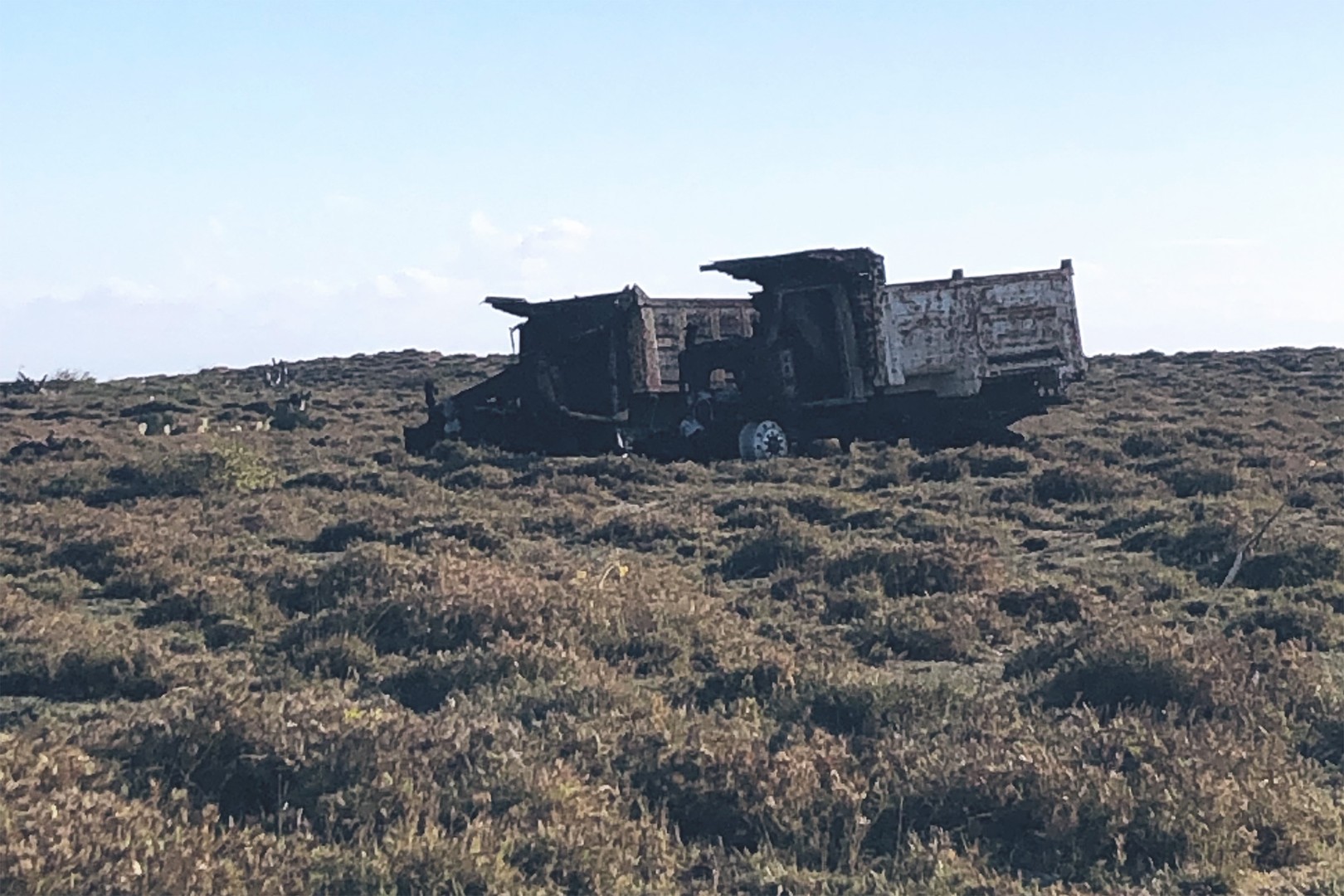"Territory" is probably one of the most difficult words to define due to the intrinsic meaning that each person gives to it according to how they live. Being a constructed reality, it cannot mean the same to a person who has lived in a city all their life, as to a person who lives in a rural area, or to a person who is constantly traveling. When we talk about a community, understanding territorial dynamics is complex because much of the meaning of territory is associated with the intrinsic values that the members of a place historically give to the natural elements that surround their community. This connection with nature is known as biocultural heritage.
Biocultural heritage is a new approach that promotes biodiversity conservation without separating it from cultural conservation. The use of nature by indigenous communities is not only economic sustenance, but is also an important component of their worldview. Understanding this reinforces the proposition that indigenous resistance to the implementation of megaprojects in their communities is a way for them to conserve their surrounding natural elements as well as struggle for their cultural survival.
In Oaxaca, the industrialization project of the Isthmus of Tehuantepec region in Mexico — an ambitious plan to improve trade routes between the Gulf of Mexico and the Pacific — has caused serious conflicts among the Ikoots communities in recent years, especially with the development of wind farms that reach communities with promises of development in exchange for the sale of land and local (and cheap) labor. The potential of the Isthmus area to produce wind energy has attracted foreign companies, especially from Spain and Italy, to exploit these resources. In the nearby Zapotec areas, the past purchase of land to build wind turbines caused conflicts. And, until 2017, its La Venta I and La Venta II Wind Farms (two of the largest in Latin America) only produced energy for the large private industrial factories of the region.
In the Ikoot area, specifically in San Mateo del Mar, the construction companies and owners of the wind energy companies have failed to negotiate agreements with the community to place wind turbines in the Barra de Santa Teresa, a small peninsula located in the Mar Tileme which is also one of the main fishing areas in the community.
La Barra de Santa Teresa is not only a piece of sand surrounded by water, it also turns out to be a sacred site where authorities and local leaders make requests for the rains to reach the community. San Mateo del Mar still preserves its rituals, and many are related to the elements that surround them. While for large European companies the wind represents an energy resource, for the Ikoots the north wind is the father wind and the south wind is the mother wind, and these cannot be sold. The relationship of the Mareños with the sea is also ancestral. The sea is the element that San Mateo purified during the ndiligueay world, it provides their daily food and is also the main figure of their sacred rituals.
The destruction of the Barra de Santa Teresa for the construction of wind turbines endangers a site of Ikoot cultural importance. At the same time, it could also modify the communality (ways of life) of San Mateo del Mar, and therefore decrease the resilience of this ethnic group in an increasingly globalized world that seeks to homogenize culture.
Environmentally the proposed megaproject also has risks. Wind turbines, even with maintenance, spill a significant amount of oil, which in this case would end up in the main body of water in San Mateo. Their community is also located in an important biological corridor, where at least 20% of the birds that migrate each year from Canada to South America, making a stopover to rest and stock up during their long journey.
It’s clear that "development" megaprojects are important for improving the quality of life of the most lagging communities, but at what cost should they be implemented? And what’s the point of doing them if their supposed beneficiaries are the same people whose survival is endangered by their implementation? The proposed project in the San Mateo community is not the only one of its kind in Mexico. It’s one of many examples that shows how important it is not to be indifferent to the struggle of environmental conflicts in communities, because fighting for the conservation of natural resources also means fighting for cultural diversity.
Want to learn more about our global innovator Estrella? Check out the Introduction to Estrella Soto, her Q&A, and 6 Things that Make Ikoot Community San Mateo del Mar Unique!
References
- Alejandra Aquino Moreschi. (2008). The Community as the Epistemology of the South. South Notebooks, 34, 7.
- Elisa Ramírez Castañeda. (1987). The End of Him.
